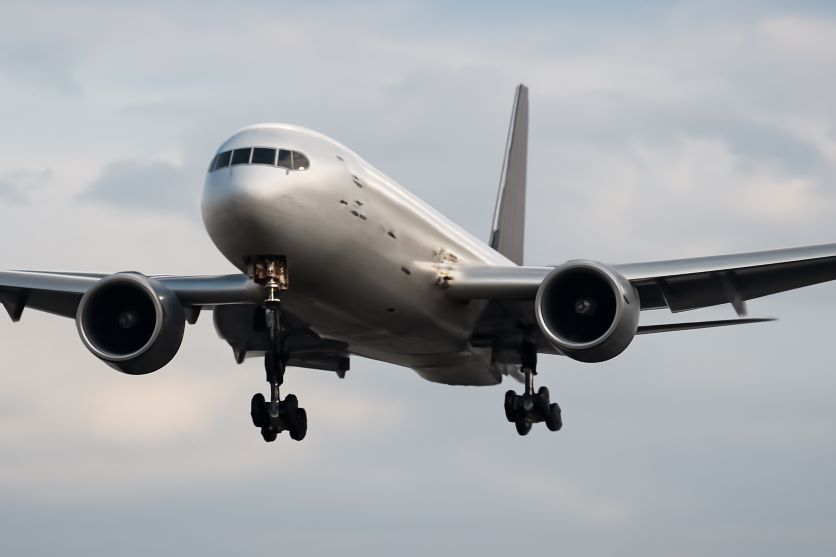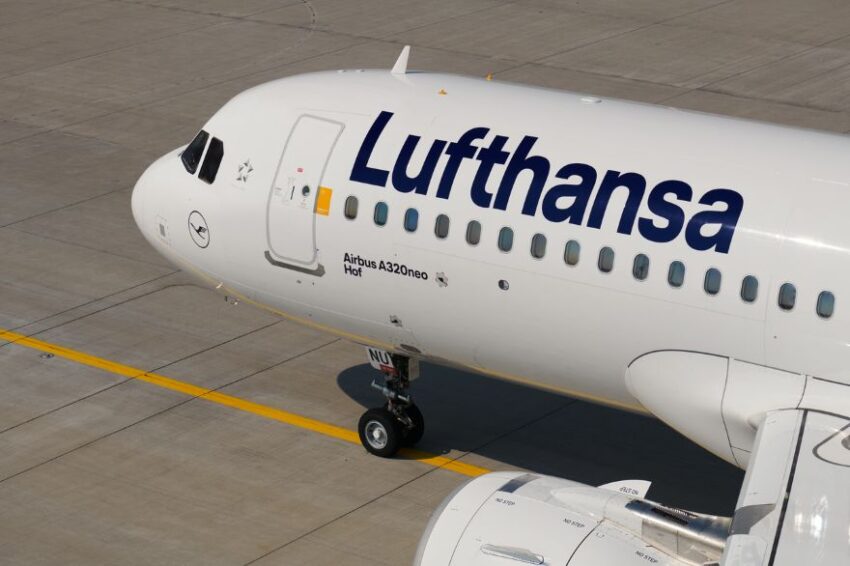The Aviation Showdown You Won’t Believe: US DOT Strikes Hard at Mexican Airlines, Cancels Thirteen Routes and Bans Felipe Ángeles Airport!

In a significant escalation of ongoing tensions in the aviation industry, the U.S. Department of Transportation (DOT) has issued a strong order against several major Mexican airlines, including Aeromexico, Volaris, and Viva Aerobus. The action, which was announced on October 28, 2025, involves the revocation of thirteen current and planned routes and a ban on all passenger and cargo flights between the United States and Felipe Ángeles International Airport (NLU/AIFA) in Mexico City.
What Happened?
The U.S. DOT has taken a firm stance by revoking the approval of 13 routes operated by Mexican carriers. This includes both existing services and routes that were planned for the future. The airlines affected by this decision include Aeromexico, Volaris, and Viva Aerobus, all of which are major players in the Mexican aviation sector. In addition to the route cancellations, the order also specifically bans all combined passenger and cargo flights between the United States and Mexico’s Felipe Ángeles International Airport.
This action is the latest move in an ongoing dispute between the U.S. and Mexico, with the DOT citing violations of the 2015 U.S.-Mexico Air Transport Agreement, which governs air travel between the two nations. The violations cited in the DOT’s order involve actions taken by Mexico that have negatively impacted U.S. carriers and created an unfair competitive advantage for Mexican airlines.
Where Did This Take Place?
The U.S. DOT’s decision affects flights between the United States and several airports in Mexico, particularly focusing on Mexico City. The ban on Felipe Ángeles International Airport (NLU/AIFA), which is located about 45 kilometers from the more established Benito Juárez International Airport (MEX), has drawn significant attention. The DOT’s action also includes the routes operated by Mexican airlines to and from these airports.
Felipe Ángeles International Airport, which began operations in 2022, has faced challenges since its opening, primarily due to its remote location compared to the more centrally located Benito Juárez International Airport. This latest action by the U.S. DOT puts additional pressure on the airport’s role in the international aviation sector.
Why Did the U.S. DOT Take This Action?
The DOT’s order is a direct response to what it describes as “flagrant violations” of the 2015 U.S.-Mexico Air Transport Agreement. Specifically, the DOT pointed to two key issues:
- Slot Restrictions at MEX: Mexico’s decision to reduce the number of flight slots at Benito Juárez International Airport (MEX) was deemed “arbitrary” and unfair. This decision significantly impacted U.S. carriers, which were forced to reduce their services to Mexico City, thereby disrupting the competitive balance in the region.
- Unfair Advantages at MEX vs. NLU: The U.S. DOT also took issue with Mexico’s policy that forced U.S. all-cargo carriers to move their operations from MEX to the distant Felipe Ángeles International Airport. At the same time, Mexican carriers were allowed to continue operating passenger flights from MEX and transporting cargo in the belly holds of those aircraft. The DOT argues that this created an unfair competitive imbalance, with Mexican airlines gaining a substantial advantage over their U.S. counterparts.
These actions, taken together, are considered by the DOT to be violations of the 2015 bilateral agreement between the U.S. and Mexico, which ensures fair competition and balanced air transport opportunities between the two countries.
When Did the U.S. DOT Make Its Decision?
The order from the U.S. Department of Transportation was issued on October 28, 2025. The revocation of 13 routes and the ban on Felipe Ángeles International Airport are effective immediately. This marks a significant step in the ongoing aviation dispute, which has seen previous actions, including the termination of the joint venture between Delta and Aeromexico in September 2025.
How Has This Affected the Airlines?
For Mexican carriers like Aeromexico, Volaris, and Viva Aerobus, the immediate effects of the U.S. DOT’s order are substantial. The revocation of 13 key routes means these airlines will no longer be able to operate specific services to the United States, potentially disrupting their revenue streams and travel schedules. In particular, the cancellation of flights to and from Felipe Ángeles International Airport is a blow to the airport’s international connectivity.
The move by the U.S. DOT is expected to have significant ripple effects in the broader aviation sector, affecting everything from international travel to cargo operations between the two countries. Mexican airlines will now need to reassess their strategies and possibly restructure their flight schedules to compensate for the loss of U.S. routes.
What Happens Next?
The U.S. DOT has made it clear that it will continue to monitor the situation and take further action if necessary. Mexico now faces increased pressure to comply with the 2015 U.S.-Mexico Air Transport Agreement, particularly regarding the slot restrictions at Benito Juárez Airport and the unequal treatment of U.S. cargo carriers.
As the situation develops, it is likely that additional negotiations will take place between U.S. and Mexican aviation authorities to resolve the issues at hand. However, for the time being, the impact on Mexican airlines is clear: they will face a significant disruption to their U.S. operations.
Conclusion
The U.S. Department of Transportation’s latest decision to revoke 13 routes and ban Felipe Ángeles International Airport for Mexican airlines marks a major escalation in the ongoing dispute over the 2015 U.S.-Mexico Air Transport Agreement. With immediate effects on carriers such as Aeromexico, Volaris, and Viva Aerobus, this action highlights the ongoing challenges in international aviation relations between the two countries. As Mexico faces pressure to comply with the terms of the agreement, the aviation industry in both nations will be watching closely for further developments.
The post The Aviation Showdown You Won’t Believe: US DOT Strikes Hard at Mexican Airlines, Cancels Thirteen Routes and Bans Felipe Ángeles Airport! appeared first on Travel And Tour World.

